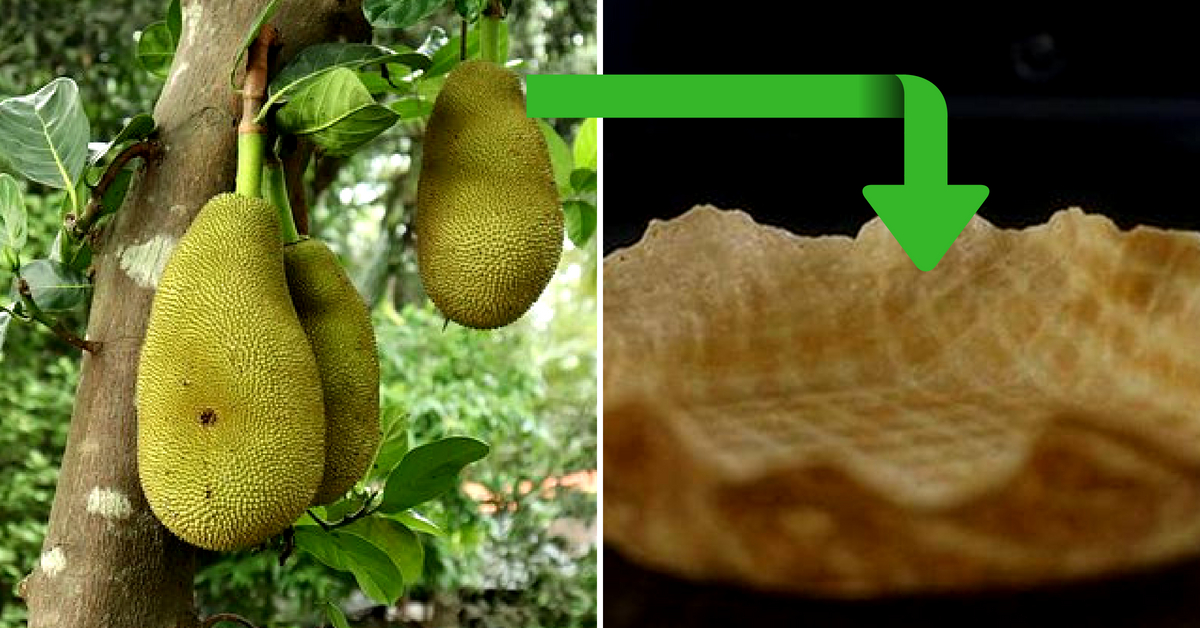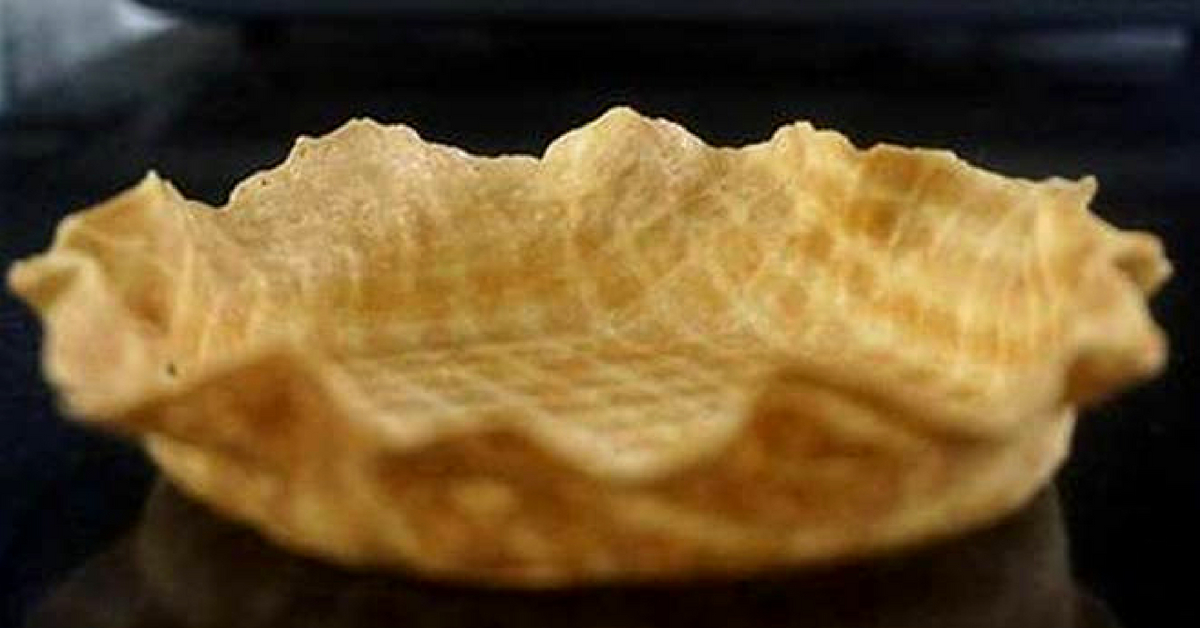Waste to Taste: TN Researchers Create Edible Plates From Jackfruit Skins, Seeds!
A major part of the jackfruit usually goes waste as we eat only the fleshy little slices inside. The thorny exteriors, the hard covering and the big seeds are usually thrown away.

What if you could eat your plate after you finish your food, just like you do with ice-cream in cones?
Well, all thanks to researchers in the Indian Institute of Food Processing Technology (IIFPT) in Thanjavur in Tamil Nadu, this will now be a possibility; and helping them along in their endeavour is the humble jackfruit!
A major part of the jackfruit usually goes waste as we eat only the fleshy little slices inside. The thorny exteriors, the hard covering and the big seeds are usually thrown away. However, the scientists from Tamil Nadu are utilising these “waste” parts to make bio-degradable or palatable plates—whatever you prefer!
This idea is arguably the most delicious way to utilise biodegradable waste.

Speaking to The Hindu, C Anandharamakrishnan, the director at IIFPT said, “We had readied a millet-based ice cream, which was well received by food technologies and administrators at the Krishi Unnati Mela held last March in New Delhi. However, we wanted to develop a healthy-yet-tasty cone to hold the millet ice cream. We searched for a suitable base and found that the jackfruit’s bracts, axis, seed and the fleshy, sticky, fibrous nut holders offered a healthy and economical alternative to the regular cones made of atta and corn flour.
We hit upon the idea of an edible plate that could be used to serve salads and a range of delicacies.

While the normal cones made of atta and corn flour contain less protein and little fibre, the cones and plates that we have developed are rich in protein (6.9%) and fibre (12.9%). For each kilogram of jackfruit, only 300 gram accounts for useful intake. The rest is unutilised. But now we have converted that waste into taste,” he said.
You may also like: This Company Makes Cutlery Made of Sugarcane That’s Stronger than Plastic & Good for the Earth
These jackfruit plates will provide long-range benefits to everyone from the consumer, the environment, and farmers! If restaurants and canteens that currently use plastic or thermocol plates switch to the innovation, the demand for jackfruits will naturally rise, giving an additional boost to the agricultural industry. Since you can eat the plate or dump it into your waste garbage, it is also eco-friendly.
Now have you come across such a win-win solution to a problem that pesters the environment every day?
(Edited by Gayatri Mishra)
Like this story? Or have something to share?
Write to us: [email protected]
Connect with us on Facebook and Twitter.
NEW: Click here to get positive news on WhatsApp!
If you found our stories insightful, informative, or even just enjoyable, we invite you to consider making a voluntary payment to support the work we do at The Better India. Your contribution helps us continue producing quality content that educates, inspires, and drives positive change.
Choose one of the payment options below for your contribution-
By paying for the stories you value, you directly contribute to sustaining our efforts focused on making a difference in the world. Together, let’s ensure that impactful stories continue to be told and shared, enriching lives and communities alike.
Thank you for your support. Here are some frequently asked questions you might find helpful to know why you are contributing?


This story made me
- 97
- 121
- 89
- 167










